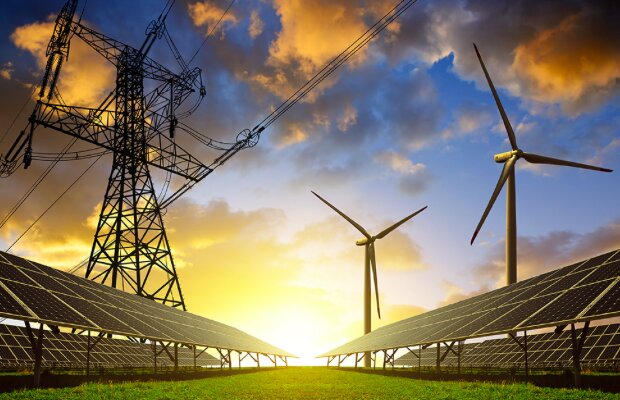The latest report of the International Energy Agency (IEA) has revealed that most of Southeast Asia’s energy security is at risk if it doesn’t develop more renewable power.
It says that South East Asian economies have doubled in size since 2000. “However, this growth has been so rapid that it’s now threatening to outstrip the region’s ability keep pace with the energy demand in the region,” said the report. It also urges them to take urgent action to curb their greenhouse emissions, after relying on coal to power their economic growth. Energy demand has increased broadly in line with rises in GDP across Southeast.The proportion of the population with access to electricity climbed from 60% in 2000 to 95% in 2020. Energy demand in Southeast Asia has increased by an average of 3% a year since 2000 and is expected to rise, further.However, IEA says three-quarters of this new demand is likely to be met by fossil fuels, increasing CO2 emissions by a third.
The present Russia’s invasion of Ukraine have also dented Southeast Asia’s energy and economic prospects. However, Governments across Southeast Asia have pledged to reduce their dependence on fossil fuels and set targets to move to carbon neutrality. But the IEA report says that that these countries are unlikely to hit these targets with their current policies.
The reports stress on the need of transition to clean energy to provide a long-term solution to soaring oil and gas prices. However,there are possibilities of rising energy costs in the short term for a number of Southeast Asian nations, as they need to increase their fossil fuel stockpiles to provide continuous power supply.
In recent years, the region is reported to have invested only about 40% of the region’s energy investment into renewables. It is estimated that these nations will need to spend $190 billion a year by 2030 on solar and wind capacity and on improving energy grids.
Citing the example of Indonesia, it says solar energy in Indonesia would be 40% cheaper if its investment and financing risks are at par with those of advanced economies. There is also a need of flexible contracts with power generators to reflect the variable nature of renewable generation, the report says. The report however, predicts that there will be challenges to face in the approaching years, as energy demand per capita has grown 18% in the last decade and is projected to double by 2050.

